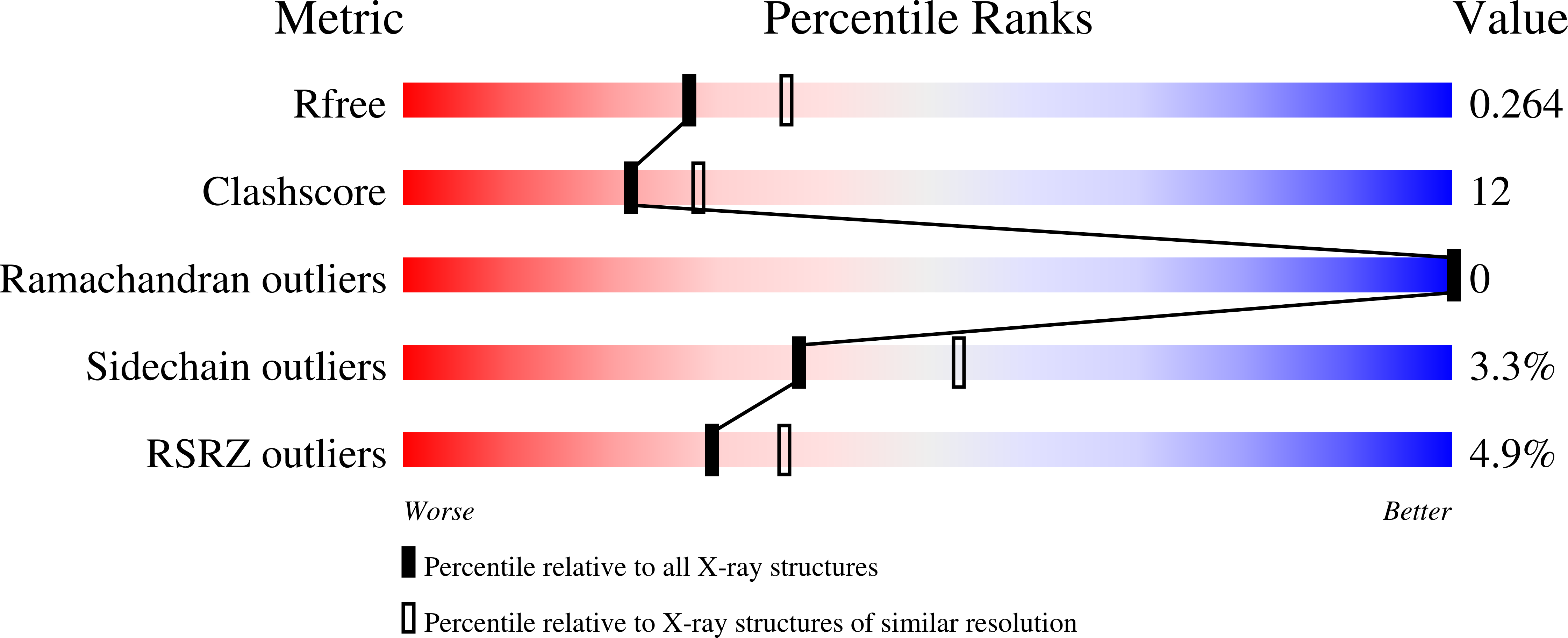
Deposition Date
2006-09-29
Release Date
2007-05-15
Last Version Date
2024-10-30
Entry Detail
PDB ID:
2IJO
Keywords:
Title:
Crystal Structure of the West Nile virus NS2B-NS3 protease complexed with bovine pancreatic trypsin inhibitor
Biological Source:
Source Organism:
West Nile virus (Taxon ID: 11082)
Bos taurus (Taxon ID: 9913)
Bos taurus (Taxon ID: 9913)
Host Organism:
Method Details:
Experimental Method:
Resolution:
2.30 Å
R-Value Free:
0.26
R-Value Work:
0.21
R-Value Observed:
0.21
Space Group:
P 21 21 21


